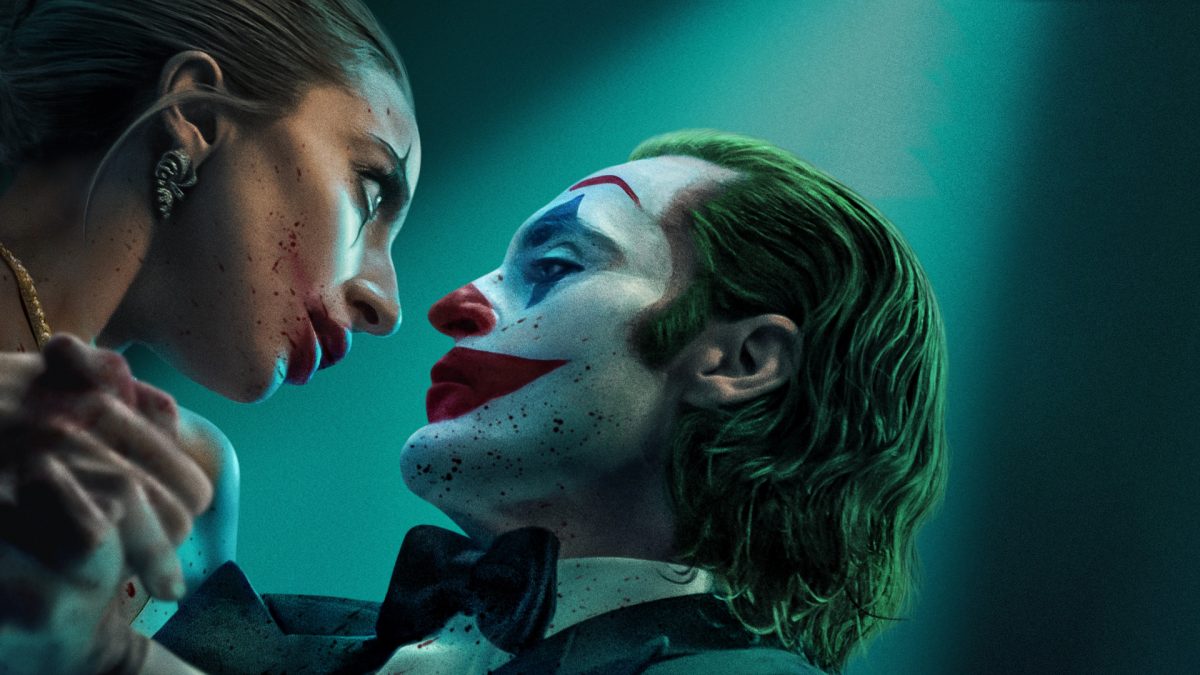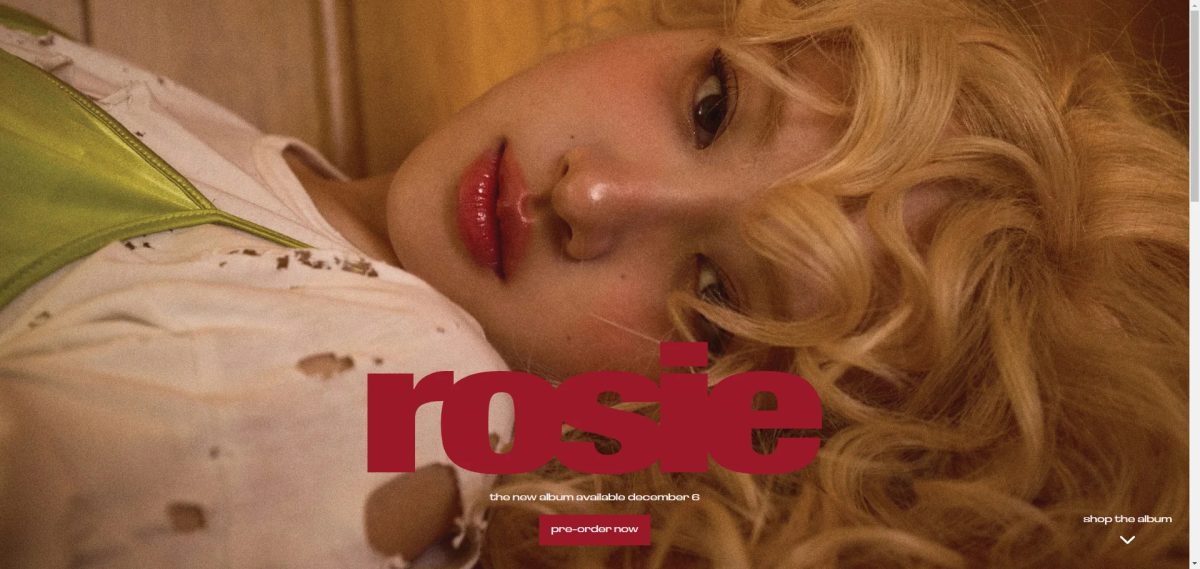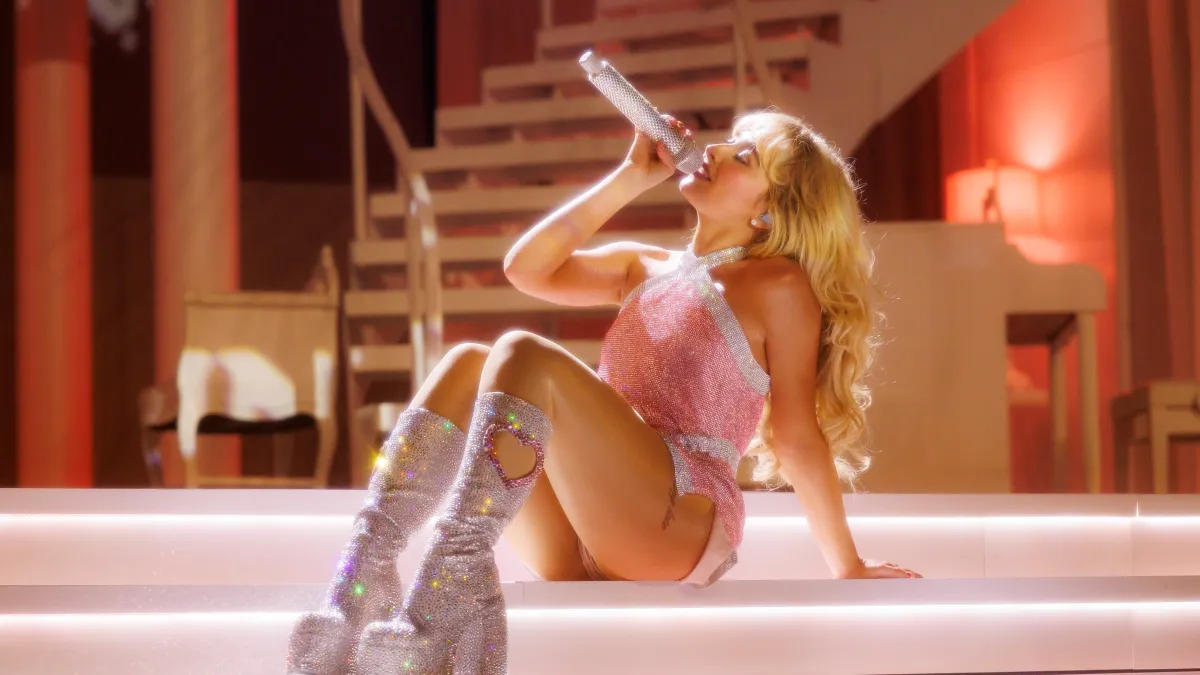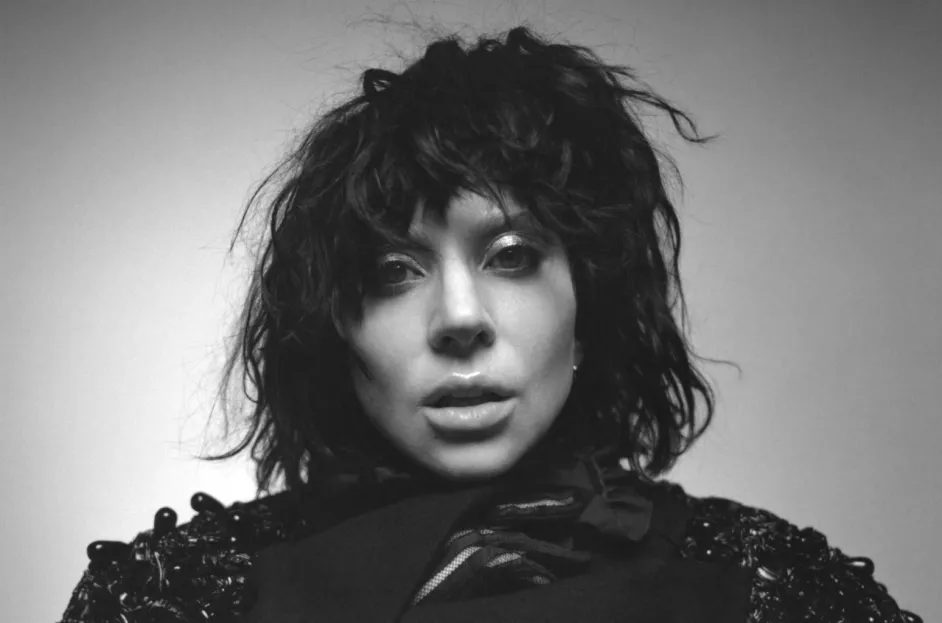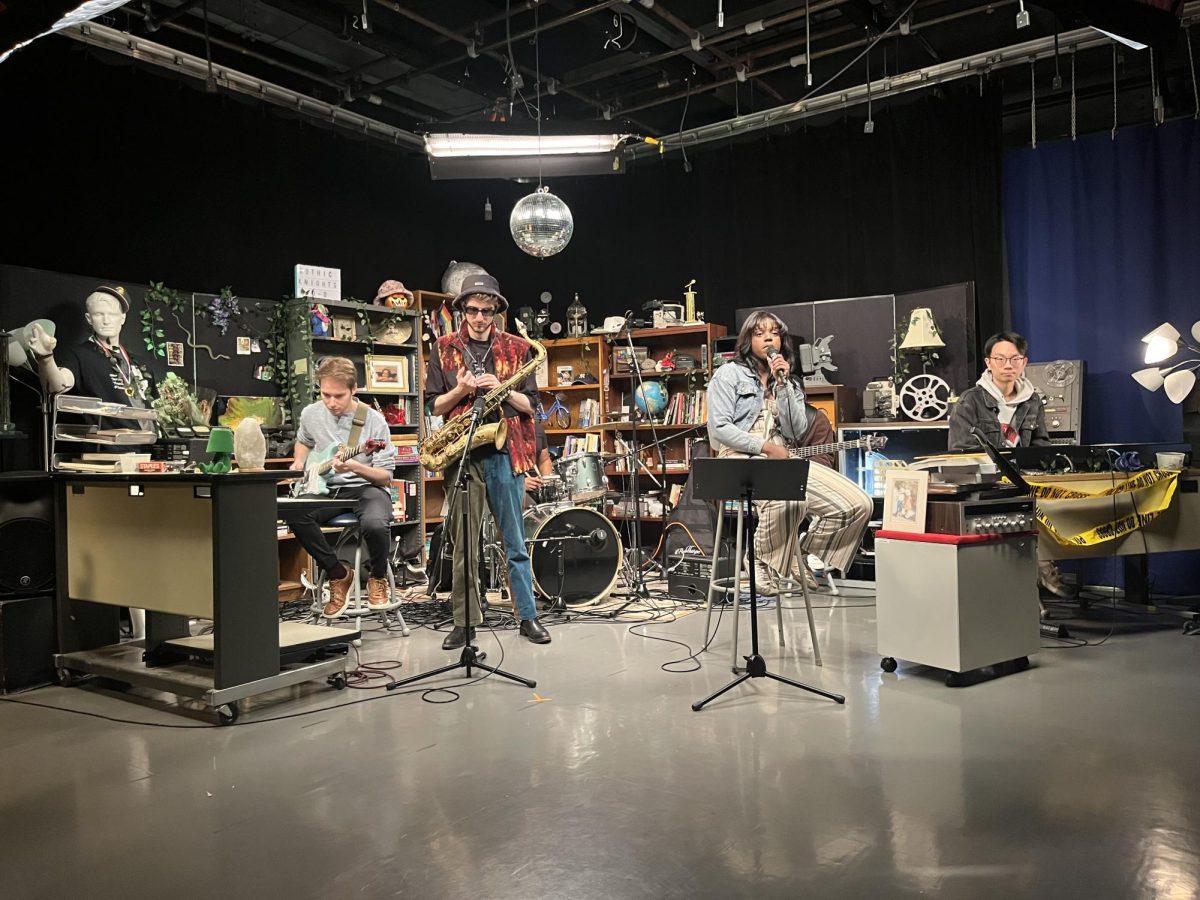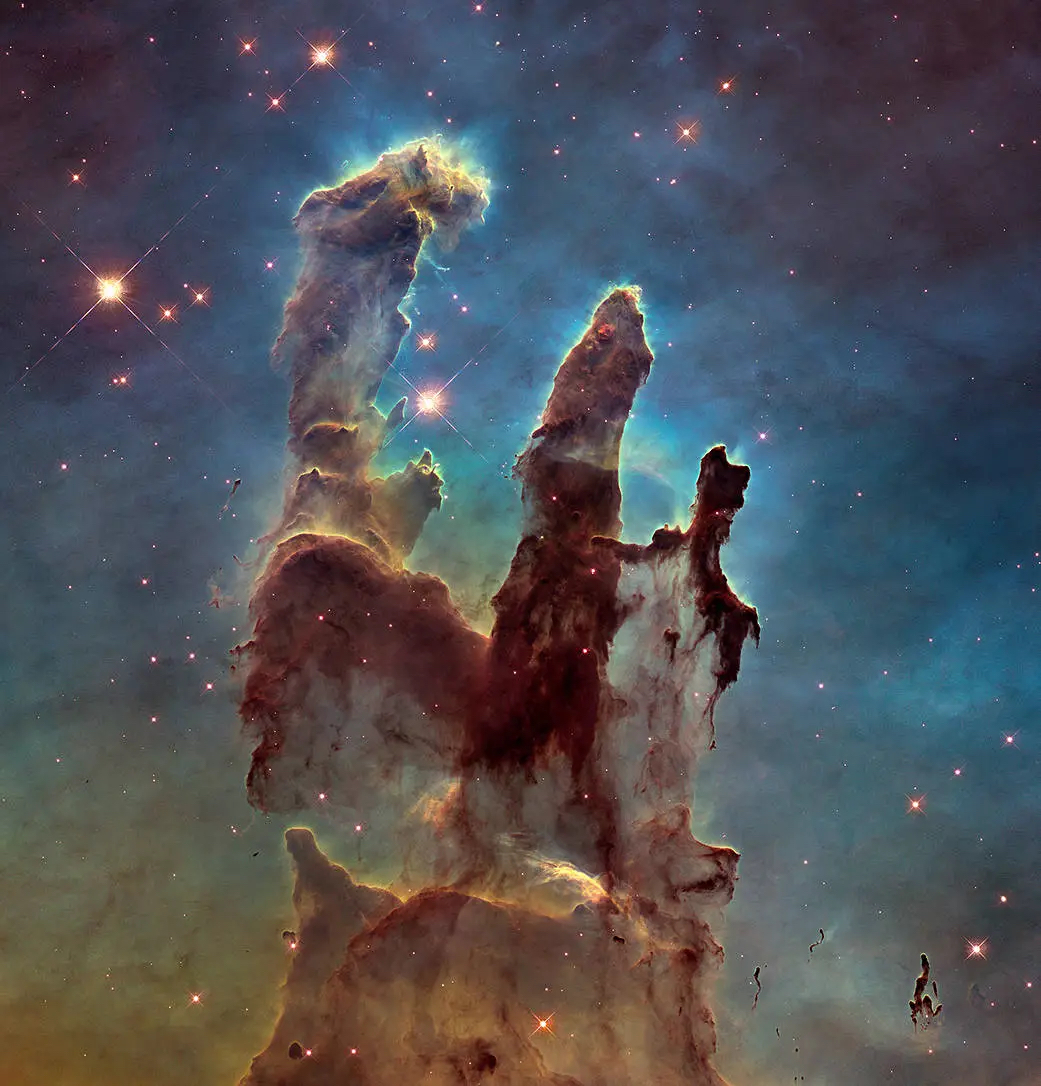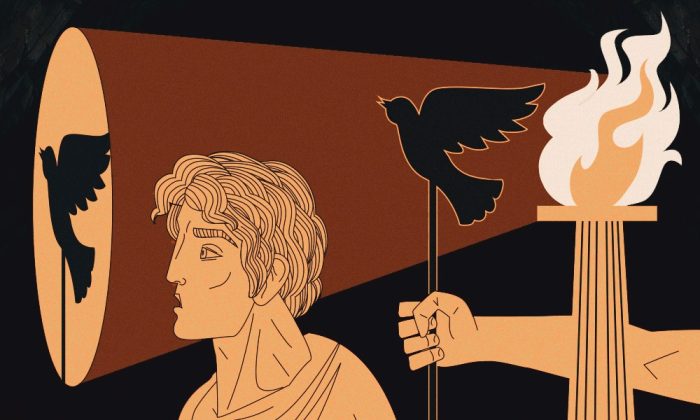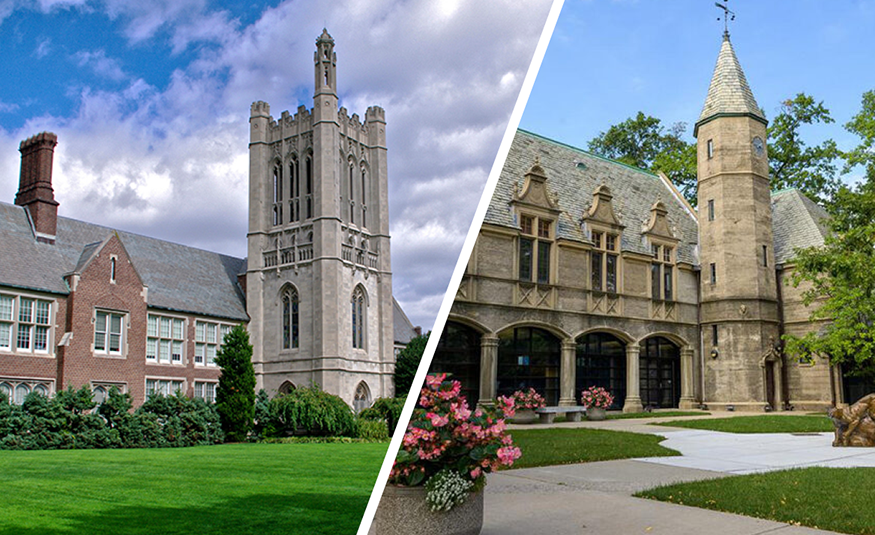Trailers are meant to clue in the viewers what they are meant to expect. But people lately have been negatively taking what they hear online, cornering the film, labeling it as a musical with no purpose, and being an unnecessary addition to the Joker universe. Getting it out of the way, yes Joker has musical elements used throughout the film, but people shouldn’t be so quick to label it as nonsense and being a detriment to the story. Before talks of a sequel, Todd Phillips, the director of “Joker” had already expressed interest in bringing “Joker” to a Broadway production. The concept behind Joker: Folie à Deux was really put into motion when Joaquin Phoenix recalled having a dream, in which his character Arthur Fleck was singing. The director locked onto the idea, when asked who this film was made for, he said “For Joaquin”. The execution has been interpreted as having no reason, but in reality, there was always a reason for Arthur and Lee to sing, it is a response to either a tragic realization or a reference to the gravity of a situation.
Fans argue that Lady Gaga and her talent were underused in the film. While it’s normal for numerous filmed scenes to be cut out of the final product, I believe the screen time we get of Lee still is enough as it serves its purpose in fueling Arthur Fleck to continue being the persona Joker. When leaving the theater, it was easy to overhear fans’ disappointment in the Harley character in this universe, expressing how it doesn’t resemble the usual dynamic of the clown duo. However, I believe this was intentional to better fit the story Todd Phillips wanted to show this time around. Arthur Fleck’s Joker was never meant to align with ‘The Joker’ that goes against Batman, just as Lee’s Harley Quinn wasn’t meant to fully go on a Bonnie and Clyde montage with Joker. Despite having the names, they’re separate from the iconic duo we’ve viewed countless times in the media.
The original “Joker” in 2019 wasn’t intended to be a re-adaptation of The Joker’s backstory, it focused on what happens when someone is let down by the healthcare system and went to extreme lengths to be heard. But what usually happens in real life when a criminal gets caught, is they get hit with reality, and go through the grueling environment of a prison while awaiting a trial where witnesses can remind them and the jury of the context needed to lock them up. It’s under this stressing scenario that Arthur Fleck resorts to hiding behind his Joker persona. Todd Phillips was concerned with peoples’ adoration of the character in the first movie. It seems as if he was determined to let us know that Joker isn’t someone to root for. He’s not the clown prince of Gotham, he’s Arthur Fleck, a man who happens to call himself Joker, the comedian. Even though he was a person that needed help, he murdered people and there’s no saving him from facing the consequences that come with those series of actions.
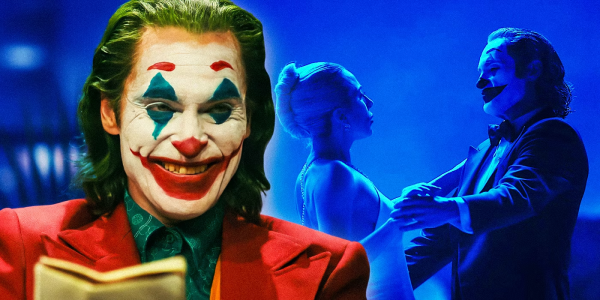
The movie starts with an animation sequence recapping the events of Joker, while presenting the idea of the Joker persona being a split personality from Arthur Fleck himself, only coming in when triggered by suppressed trauma. It’s a play on split personality induced by psychological issues like Norman Bates from Psycho. He fully transitioned to the Joker after murdering his mother, out of rage for keeping the truth from him and learning a blocked memory of his childhood. His strategy for surviving and relieving his pain since being locked in Arkham Asylum on a secluded island was to tell jokes to the security guards in exchange for cigarettes. Due to good behavior, he gets the opportunity to join a music class. The teacher mentions that music can be used to heal the fractures within a person, so throughout the movie, the audience gets to see him singing as his coping mechanism. However, no inmates sing with him. This is what sets the movie apart from other musical movies, it’s a gray area. When Lee (Lady Gaga) is introduced into the narrative, we figure right off the bat she is a fan of the Joker and has seen the movie they made of him in-universe. They have a connection and embrace the madness when she sets movie night on fire. It is implied that she appears in his cell at night as an illusion from his mind. The chaos Lee started is enough to get Arthur to fall into bad habits again, it’s symbolized as she helps apply the Joker makeup to his face.
The two characters are the only ones with musical numbers, however later throughout the movie, the musical segments have a sense of uneasiness. The fantasy in his head is slowly showing the cracks of reality. Lee shoots him in one of these fantasies, right after his lawyer claims she’s lying to him and that she isn’t who she said she was. Instead of being a nobody, Lee comes from a rich family, living in the nicer part of the area, attained a degree in psychology, and hasn’t obsessively watched the in-universe Joker biopic as she originally told him. Arthur begins to question her and Lee just regards it as her only telling him these things since she wants him to like her. She changes her demeanor when he isn’t buying the story. He doesn’t like the fantasy presented to him as she claims she now lives in Arthur’s apartment from the first film. To further gain control, she claims she’s pregnant. He’s visibly distressed as Lee sings to him. This is a stark difference to the Joker and Harley Quinn story we’re accustomed to. Lee has the upper hand in this situation and manipulates Arthur into believing what she tells him. This fits the tone of the first movie, people in higher-up places partaking in the cycle of taking advantage of defenseless people.
Towards the second half of the movie, we are brought into a court drama segment with characters from the first movie giving more context to the narrative of Arthur’s actions. He further plays up the character of being Joker but starts to crack the more we learn from the witness hearings. He returns to Arkham and begins to face more of the shocking reactions that his actions have caused. Singing riots in the lunch area and later being assaulted by the security guards. This is a breaking point in Arthur’s pain, reliving a heightened moment of fear is what finally gets him to drop the act. He admits to being responsible for his crimes and no longer wants to be Joker. That causes Lee, a person who’s only infatuated with Joker the icon and not the real person, to leave the courtroom. It matches the level of disappointment that a majority of the audience felt when viewing this sequel. The expectation of viewing Arthur continuing the evil antics isn’t met, instead we get to view the repercussions of what happens when a fantasy has no more steam left to run by. When viewing it under the context of a character study and setting aside the expectations of continuing an adaptation of a comic book villain, I believe Todd Phillips succeeds in presenting this tragic narrative on the cinema screen.



